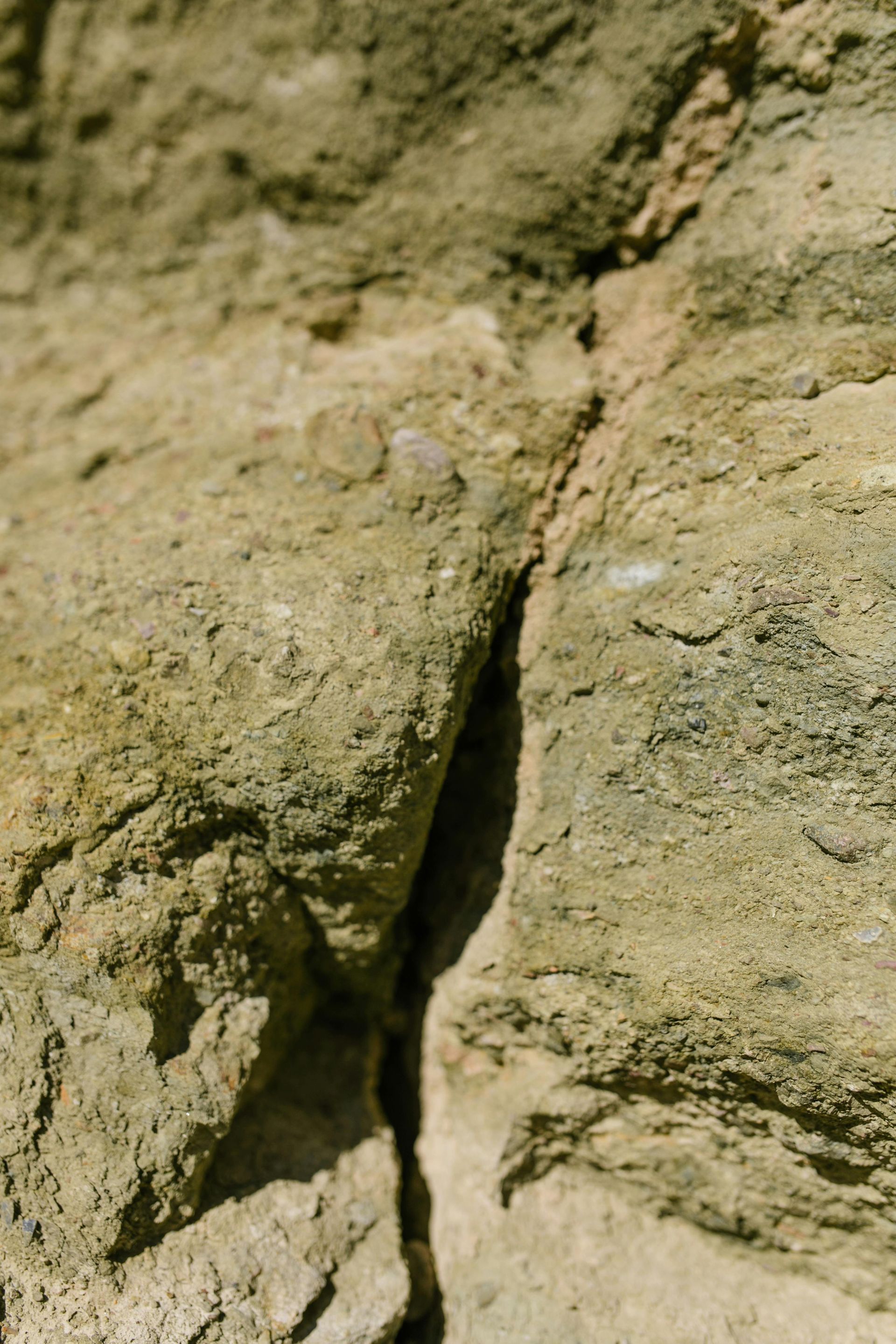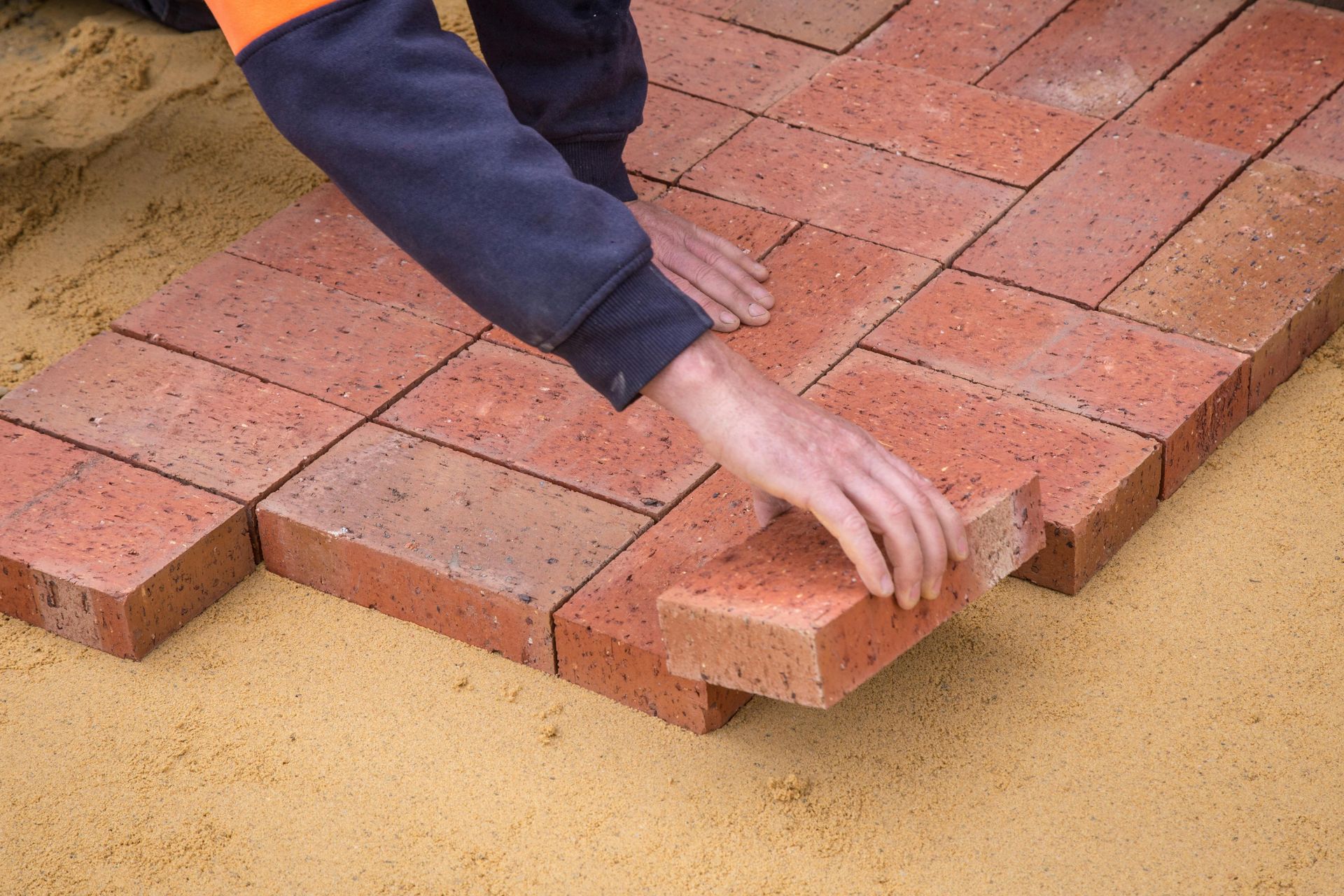
Minor Cracks to Major Issues: How to Repair Your Basement Walls
Protect Your Home: Simple Steps for Effective Basement Crack Repair
Cracks in your basement walls may seem like a minor issue, but they can lead to significant problems if not addressed promptly. Basement walls support the structural integrity of your home, and any damage can affect the foundation. Whether you're dealing with small hairline fractures or larger cracks that let in water,
consulting a professional for basement crack repair is essential for maintaining your home's health. In this guide, we'll cover how to identify, assess, and repair cracks in your basement walls to prevent more significant damage.

Identifying Basement Cracks
Before diving into the repair process, it's crucial to understand the types of cracks that can appear in your basement walls. Some cracks are simply cosmetic, while others indicate a more severe issue like a settling foundation or water intrusion.
Hairline Cracks
These are often harmless and a common occurrence in many homes. They are caused by minor settling and shrinking of concrete after construction. While they usually don't pose any immediate threat, they should be monitored for signs of widening or water seepage, as they may eventually require foundation crack repair.
Vertical Cracks
Vertical cracks are often caused by foundation settling and are generally less serious than horizontal cracks. However, they can still allow water to seep through, leading to moisture problems. When water penetrates through these cracks, you may also need to consider basement leaks repair.
Horizontal Cracks
Horizontal cracks are usually more concerning, as they can indicate structural issues such as pressure from water-saturated soil outside the foundation. Left untreated, these cracks can compromise the stability of your home and require immediate foundation repair.
Steps for Basement Crack Repair
Once you've identified the type of crack, the next step is to determine the severity and the best approach to basement crack repair. While minor cracks can be repaired by homeowners, larger cracks, especially those that indicate structural damage, should be handled by professionals.
Step 1: Clean the Area
Before starting any repair work, clean the crack and the surrounding area. Remove any dirt, debris, or crumbling concrete to ensure that the repair materials will adhere properly.
Step 2: Seal the Crack
For smaller cracks, sealing them is often the best solution. Use a concrete crack filler or epoxy injection kit, which can be found at most home improvement stores. These products help fill the crack and bond the concrete back together. Sealing also prevents water from entering, which can lead to further basement leaks repair or mold growth.
Step 3: Apply Waterproofing Measures
If your basement is prone to moisture, it’s essential to take waterproofing steps. After sealing the cracks, consider applying a basement waterproofing solution to prevent future water intrusion. Waterproofing paint or membrane can be applied to the interior walls, while exterior solutions might involve installing a drainage system or waterproofing the foundation from the outside.
Step 4: Monitor for Future Issues
Even after repairs, it’s important to keep an eye on your basement walls. If cracks reappear or new ones form, it could indicate a larger issue with your foundation. In such cases, you may need more comprehensive foundation crack repair and even foundation repair to stabilize the home.
Foundation Crack Repair Costs
The cost of foundation crack repair varies depending on the size of the crack and the method used for repair. Smaller repairs, such as filling hairline cracks, can cost as little as a few hundred dollars, while larger structural issues might require extensive repairs that can reach into the thousands. When assessing foundation crack repair cost, keep in mind that investing in repairs early on can save you from much higher expenses down the line, especially if cracks lead to water damage or compromised structural integrity.
Waterproofing Your Basement
Preventing future cracks and leaks requires a proactive approach to waterproofing basement areas. There are several waterproofing methods you can consider:
Interior Waterproofing: Applying waterproof coatings or sealants to the walls can help keep moisture out.
Exterior Waterproofing: This involves digging around the foundation and applying waterproof membranes or installing drainage systems to direct water away from the home.
Drainage Systems: Installing interior or exterior drainage systems can help manage water around your foundation and prevent it from seeping into the basement. This could be an essential component of your overall basement solutions.
When to Call a Professional
Not all cracks can be fixed with DIY methods. If you notice any of the following, it's time to call a professional for foundation repair or foundation crack repair:
- Cracks that are wider than 1/4 inch
- Cracks that are expanding over time
- Water actively leaking through the cracks
- Bowing or tilting walls
- Multiple cracks appearing in different areas
A professional will assess the situation and may recommend solutions like underpinning the foundation or installing steel reinforcements to stabilize the structure.
Basement Solutions for Preventing Cracks
Prevention is always better than cure. To avoid needing frequent basement crack repair, it’s important to invest in preventative measures:
Control Moisture: Install proper drainage systems to keep water away from the foundation. Clean gutters and downspouts regularly to ensure water is directed away from the home. This will reduce hydrostatic pressure on the foundation, a common cause of foundation cracks.
Maintain the Soil: Soil that becomes saturated with water can expand and put pressure on the foundation walls, leading to cracks. Proper landscaping and soil management can help prevent this.
Inspect Regularly: Conduct routine inspections of your basement and foundation. Early detection of cracks can prevent more costly repairs later.
Conclusion
No one wants to deal with basement wall cracks, but addressing them quickly and effectively can save you from more significant problems in the future. Whether you’re dealing with minor hairline cracks or more serious structural issues, basement crack repair is a necessary step to protect the integrity of your home. Don’t ignore the warning signs of foundation cracks or water intrusion—take action with basement waterproofing and foundation crack repair to keep your home safe and dry.
By staying proactive, regularly monitoring your basement, and implementing basement solutions, you can ensure that your foundation remains strong for years to come.
You might also like
Book a Service Today
We will get back to you as soon as possible
Please try again later
The region's leading professional contractor service since 1987.
We're available
- Mon - Sun
- -
Proudly powered by Snapps website builder


